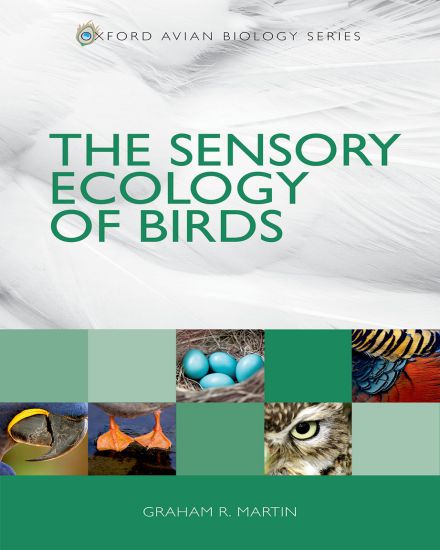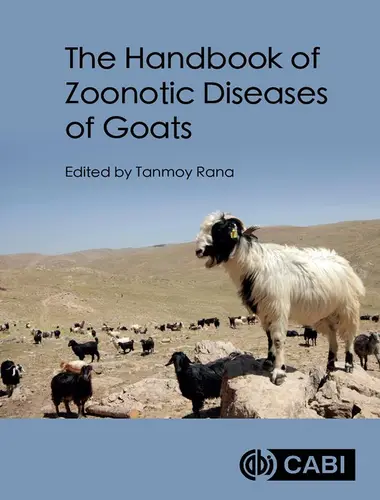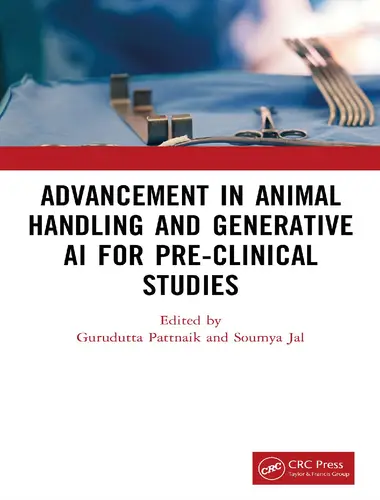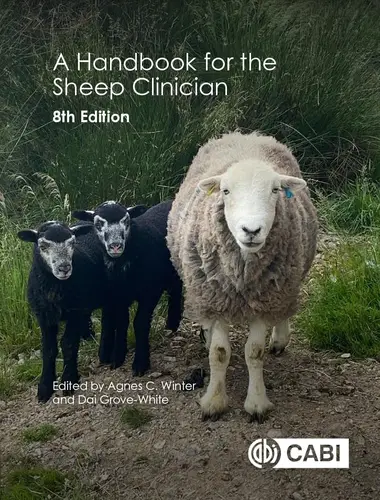The Sensory Ecology of Birds by, Graham R. Martin in 2017, Birds are renowned for their exceptional vision and the way that this enables them to survive and navigate the world in such a unique way.
The Sensory Ecology of Birds

However, it is now recognized that avian behaviour is guided by information drawn from many different senses which are then used in integrated and complementary ways to answer the many different sensory challenges posed by specific environments and particular tasks.
Understanding how sensory information is used by birds has important applications in conservation, such as providing vital insights into why birds are prone to collisions with structures like power lines and wind turbines, and why so many diving birds become entrapped in nets. A sensory ecology approach suggests how these problems can be mitigated.
The Sensory Ecology of Birds ranges widely across species, environments, and behaviours to present a synthesis that challenges previous assumptions about the information that controls the behaviour of birds. A bird may use a wide range and combination of sensory information that comes from sight, hearing, smell, mechanoreception, taste, and magnetoreception. It may also include specific refinements of senses, such as echolocation and remote touch from the bill. The book recognizes that there are many complex and subtle trade-offs and complementarities of information between different types of sensory information.
This accessible text will be of interest to a wide ornithological readership, from undergraduates to researchers as well as a broader audience of behavioural ecologists and evolutionary biologists.
Wood’s final conclusion in his book was, ‘In future no report upon a particular avian species can be held complete that ignores the visual apparatus’. It is very clear that this conclusion still holds. Indeed all of the detailed understanding gained in the past century on the physiology, anatomy, function, and evolution of vision in birds has reinforced many times over the wisdom of Wood’s conclusion. Yet many people still ask very general questions about ‘What can birds see?’ They often ask this because they have a general understanding that the sensory world of birds is in some way different from ours. They often ask in the hope that there will be just a few simple differences between our vision and the vision of birds, simple facts that can be readily learnt and perhaps be of value when faced with an applied question, such as how to prevent birds flying into obstacles, or getting trapped in fishing nets.
[expand title=” “]
| PDF Size: 17 MB | Book Download Free |
[/expand]
Password: pdflibrary.net






